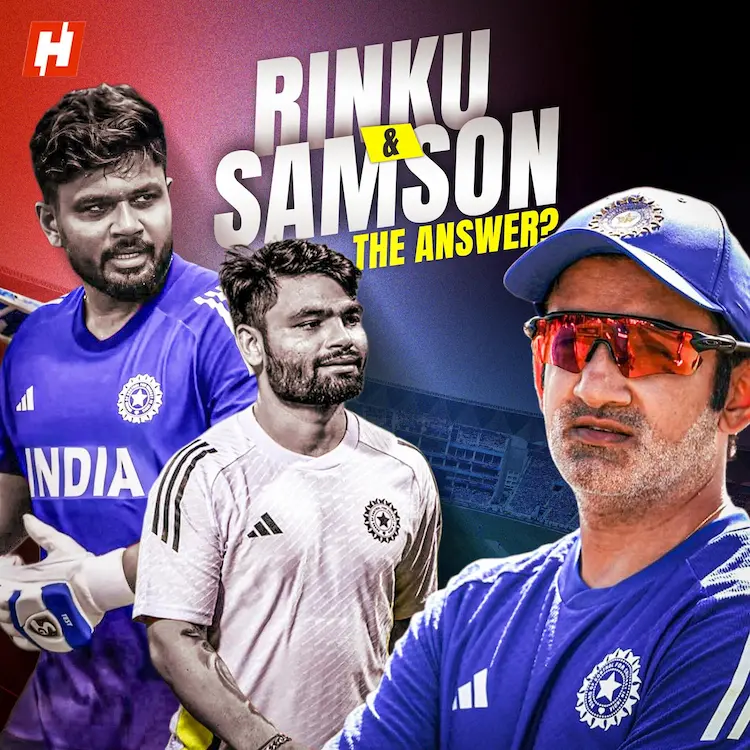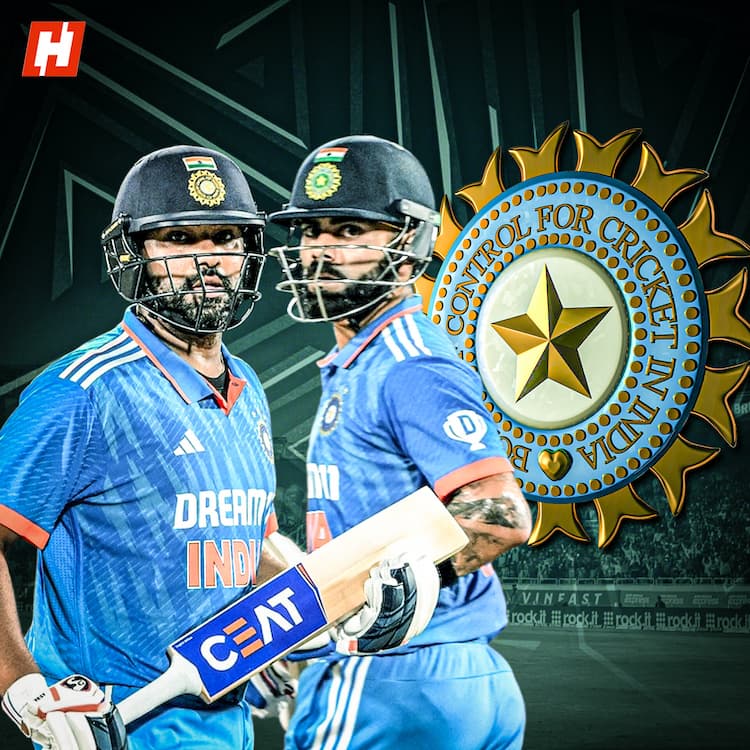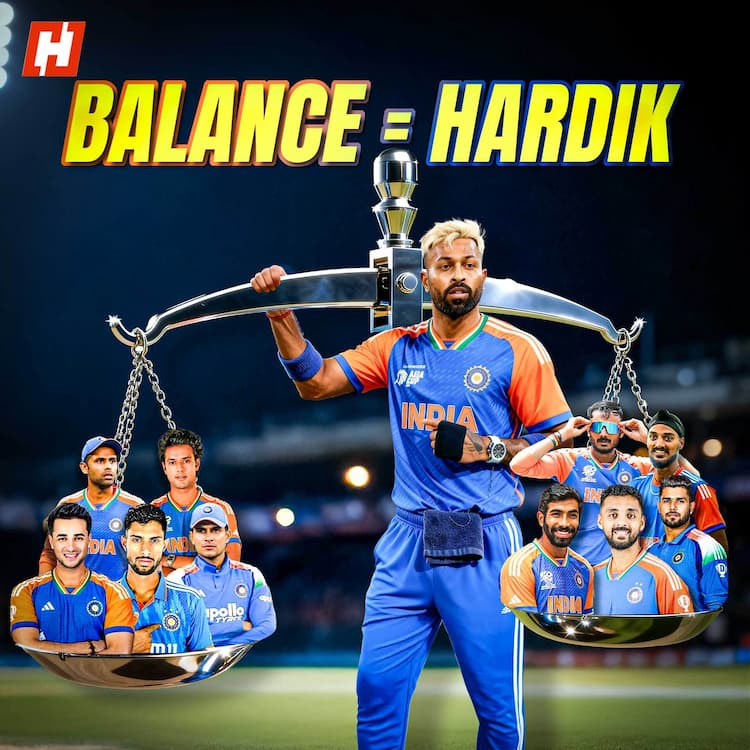Cricket's evolving—but are the rules still stuck in the past?
Gautam Gambhir’s recent call for injury replacements in Test cricket has stirred up a heated debate, and Ben Stokes isn’t having any of it. The Indian head coach raised the idea after Rishabh Pant batted through a fractured foot during the fourth Test in Manchester, calling it "unreal bravery"—but also questioning why teams must continue understrength when clear injuries occur mid-match.
“If the umpires and the match referee see and feel that is a major injury, I think it's very important to have this rule where you can get a substitute,” said Gambhir.
“Imagine if we would've had to play with 10 men against 11. How unfortunate would this be for us?", The Indian head coach added.
But Ben Stokes, never one to mince words, clapped back hard.
“I think it's absolutely ridiculous,” said the England skipper.
“There would just be too many loopholes. Injuries are part of the game… I could go into an MRI and get someone in straightaway.”
This isn’t just another spicy soundbite battle. It’s a reflection of where the game stands—and where it’s failing.
Take a step back: Test cricket once allowed runners for injured batters. Then that rule was scrapped. Concussion subs? They weren’t a thing until recently either. The game has evolved when it was forced to—whether it was DRS, pink balls, or Super Overs.
So why is player safety still treated like a side note?
Let’s be real. Modern cricket is brutal. Players are on the field for five straight days, pushing their bodies to the limit. If someone gets injured during play—especially with something as visible and serious as a fracture—should the team be penalized for prioritizing safety?
Gambhir’s suggestion isn’t about creating loopholes—it’s about recognizing the physical toll of the game. And if cricket truly wants to embrace progress, it can’t just upgrade technology and formats—it needs to evolve on player welfare too.
Because let’s face it: if we can replace stumps with LEDs and track ultra-edge in real time, maybe we should also care about broken bones.
The debate’s open. But one thing’s clear—cricket can’t afford to treat safety like it’s optional.
Also Watch: Iconic 54-year-old Indian record is about to fall, thanks to Shubman Gill





